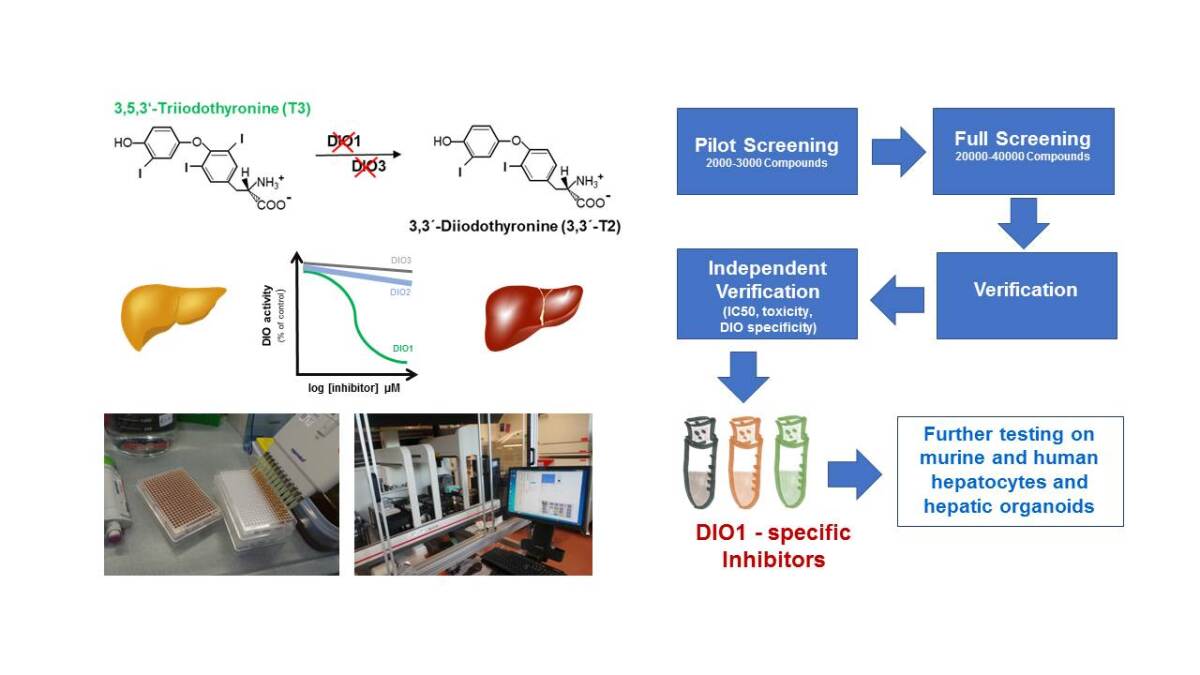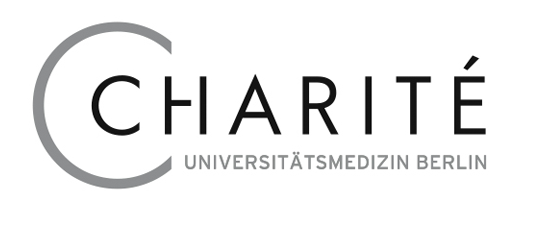
Strategies to increase local T3 availability in liver
Prof. Dr. Josef Köhrle, Dr. Eva K. Wirth
T3 is a key regulator of hepatic lipid metabolism. Hypothyroidism has been linked to non-alcoholic (obesity-/ diabetes-associated) hepatosteatosis and its sequelae. We aim to elevate local T3 concentrations by steering activities of T3-degrading deiodinase isozymes in hepatocytes by using selective deiodinase (DIO) isozyme inhibitors. Local T3 effects will be monitored by T3-sensitive reporter constructs expressed in THAI mouse-derived primary hepatocyte cultures and hiPSC-derived hepatocyte cell lines.
Further Information
Selected Publications
3,5-T2 A Janus-Faced Thyroid Hormone Metabolite Exerts Both Canonical T3-Mimetic Endocrine And Intracrine Hepatic Action.
Köhrle J, Lehmphul I, Pietzner M, Renko K, Rijntjes E, Richards K, Anselmo J, Danielsen M, Jonklaas J.
2020. Front Endocrinol (Lausanne) 10:787. doi: 10.3389/fendo.2019.00787
A thyroid hormone-independent molecular fingerprint of 3,5-diiodothyronine suggests a strong relation with coffee metabolism in humans.
Pietzner M, Köhrle J, Lehmphul I, Budde K, Kastenmüller G, Brabant G, Völzke H, Artati A, Adamski J, Völker U, Nauck M, Friedrich N, Homuth G.
2019. Thyroid 29(12):1743-1754. doi: 10.1089/thy.2018.0549
3-iodothyronamine – a thyroid hormone metabolite with distinct target profiles and mode of action.
Köhrle J, Biebermann H.
2019. Endoc Rev 40(2):602-630. doi: 10.1210/er.2018-00182
A combined LC-MS/MS and LC-MS3 multi-method for the quantification of iodothyronines in human blood serum.
Richards KH, Monk R, Renko K, Rathmann D, Rijntjes E, Köhrle J.
2019. Anal Bioanal Chem 411(21):5605-5616. doi: 10.1007/s00216-019-01941-9
3,5-Diiodo-L-thyronine (3,5-T2) exerts thyromimetic effects on hypothalamus-pituitary-thyroid axis, body composition, and energy metabolism in male diet-induced obese mice.
Jonas W, Lietzow J, Wohlgemuth F, Hoefig CS, Wiedmer P, Schweizer U, Köhrle J*, Schurmann A*. *equal contribution
2015. Endocrinology 156(1):389-99. doi: 10.1210/en.2014-1604







